Just as an update, this morning we received an order for a total of several hundred copies of the Simple English Propers from Amazon – which means that their algorithm suggests very high demand exists right now. Soon, there will be no more “out of stock” note on the site, but you can still order now.
Chant Research at Harvard
Thomas Forrest Kelly is inspiring a new look at medieval chant.
More from that Amazing Ember Day Mass
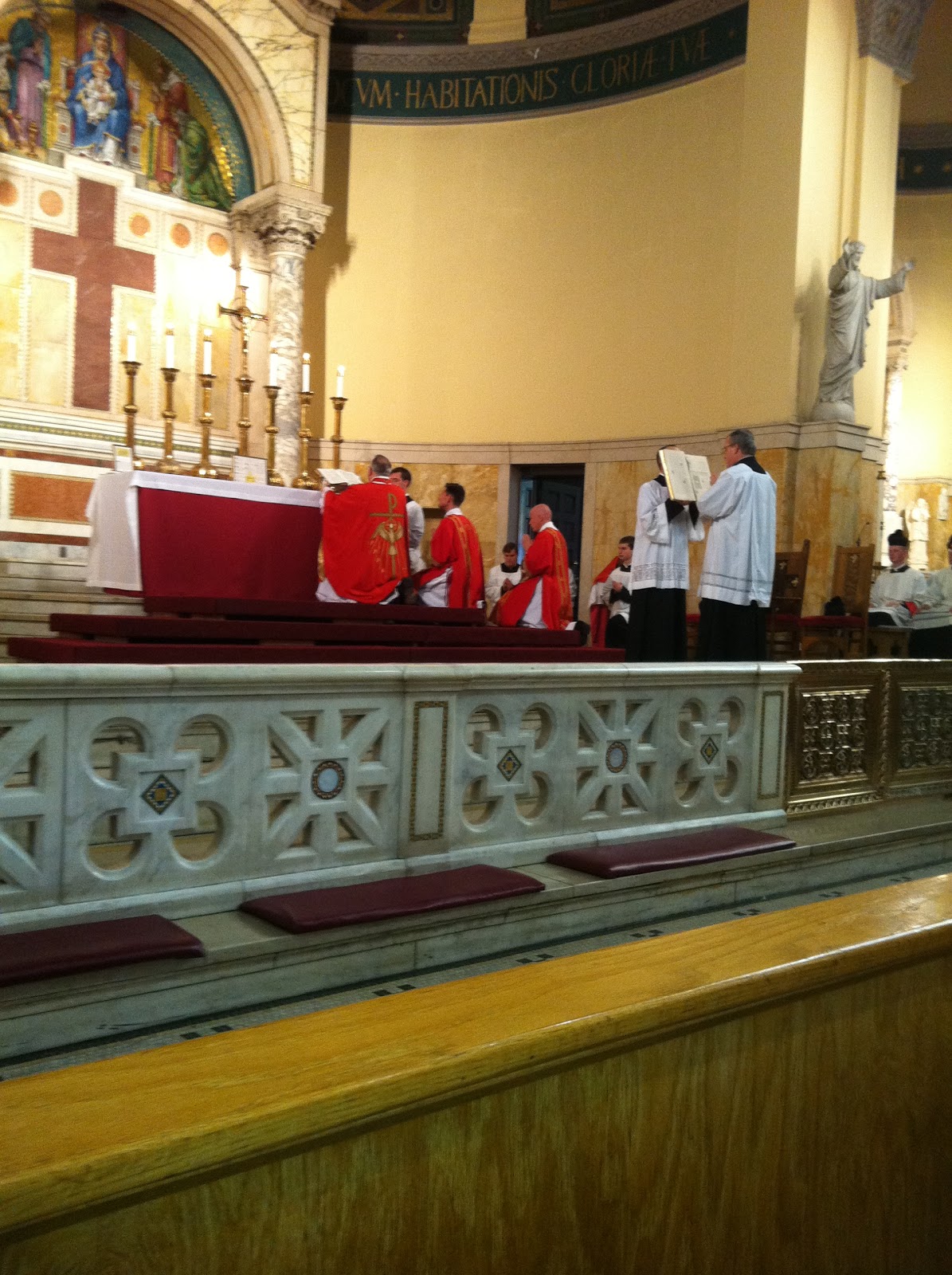
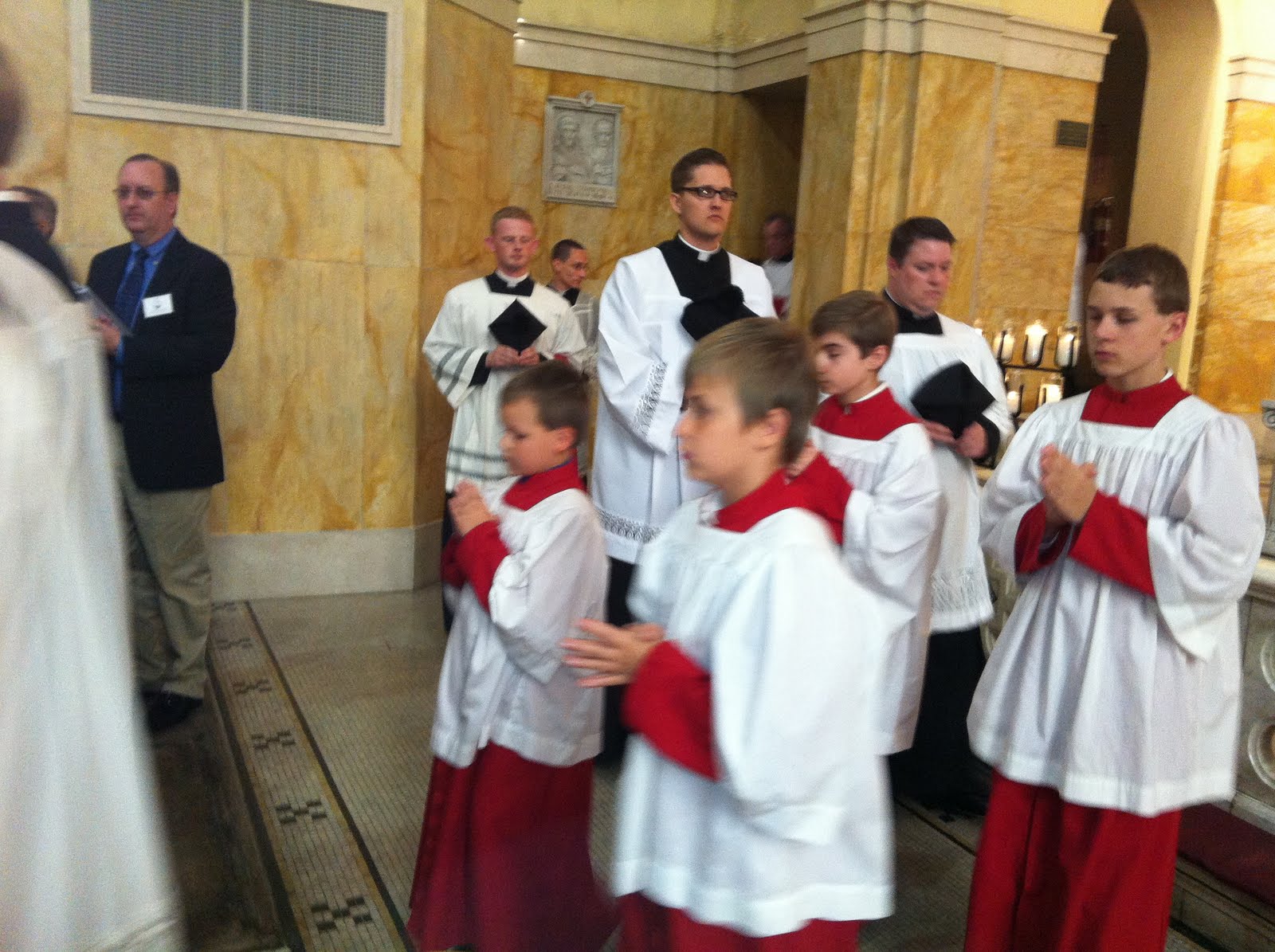
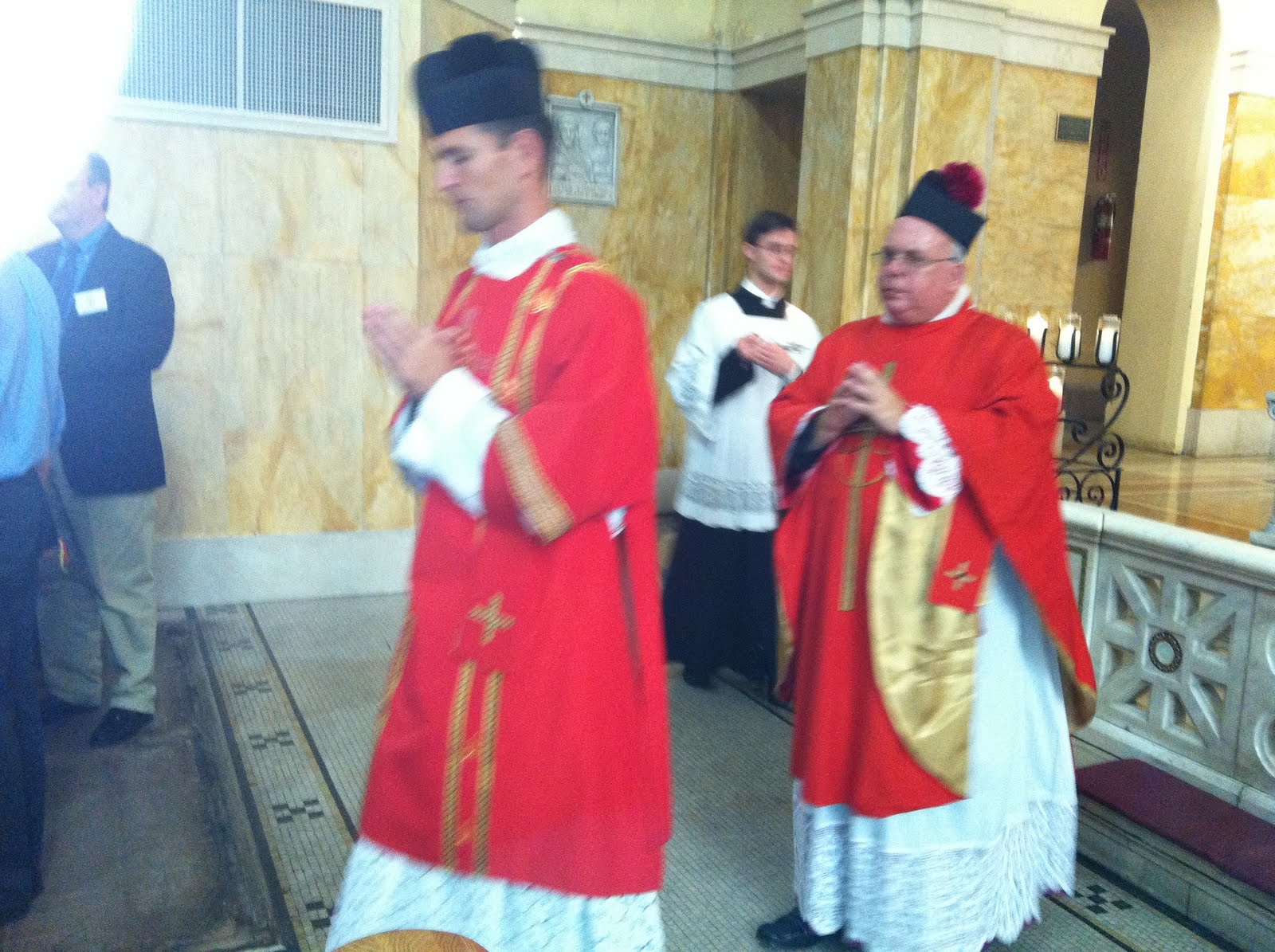

Mocquereau the Semiologist
In the course of the week, he refrained from presenting a normal “table of neumes” like we find in Cardine’s book and rather taught the only signs chant by chant so that we could more quickly absorb the lessons. At the end of the sessions, several people were circulating Cardine’s table, which I recall seeing twice: once in Cardine and once – in a slightly more foundational form – in Mocquereau’s own book. Vast amounts of Mocquereau’s book is spent explaining and examining the old manuscripts.
The point is underscored by David Hiley’s new book: there is no real break in the Solesmes tradition; it is rather one continuous stream of research, perhaps with lost knowledge along the way or perhaps with some cumulative knowledge, but mostly with just different emphasis. In any case, it seems perfectly obvious in retrospect that there is no need to divide these schools and traditions into warring tribes. We can all learn from all of them.
This table is from Mocquereau’s Gregorian Musical Rhythm, page 177.
Meanwhile at the Liturgical Institute
| The books arrive |
| The author is toasted all around |
More Random Images from Colloquium XXI
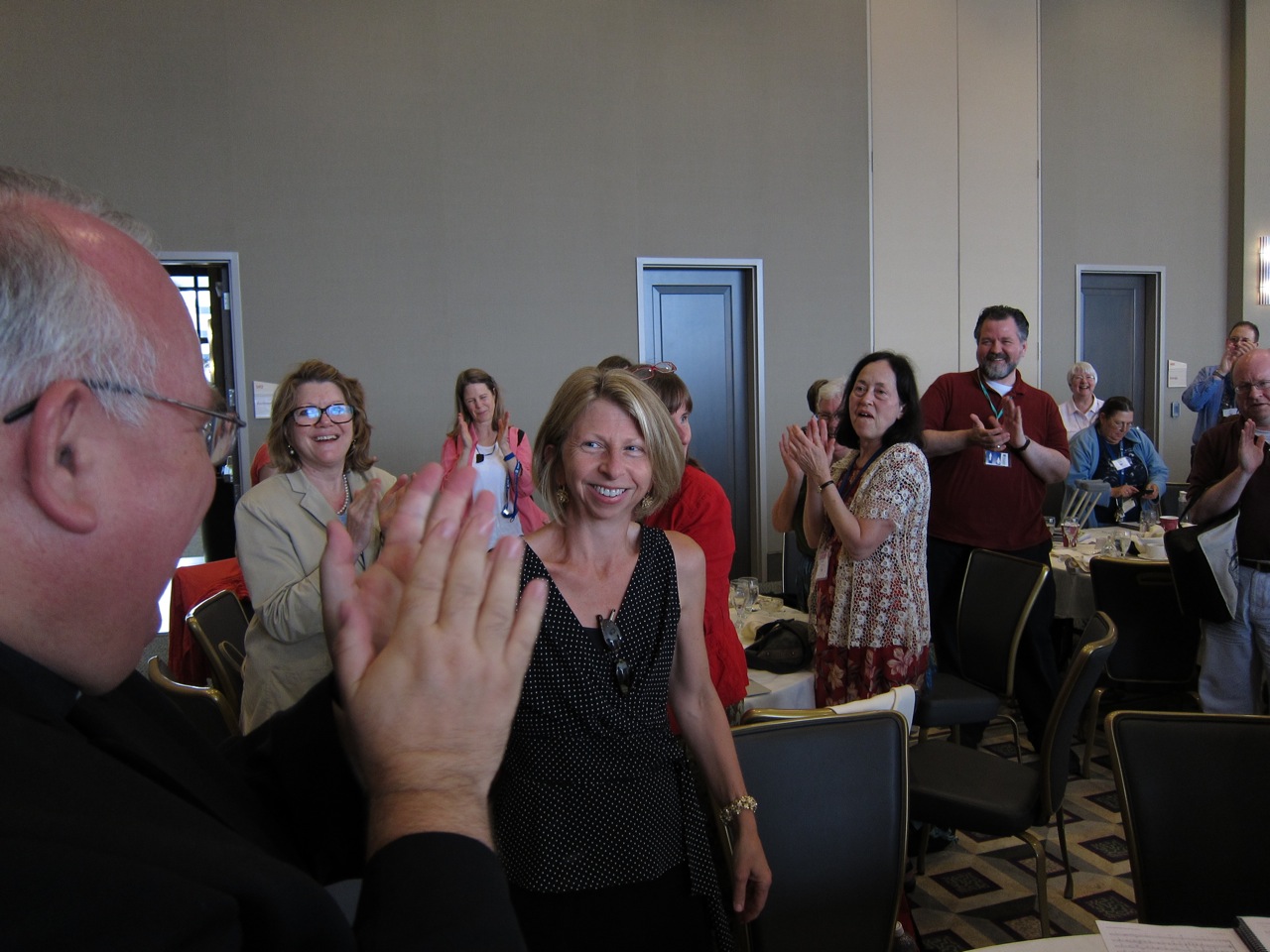
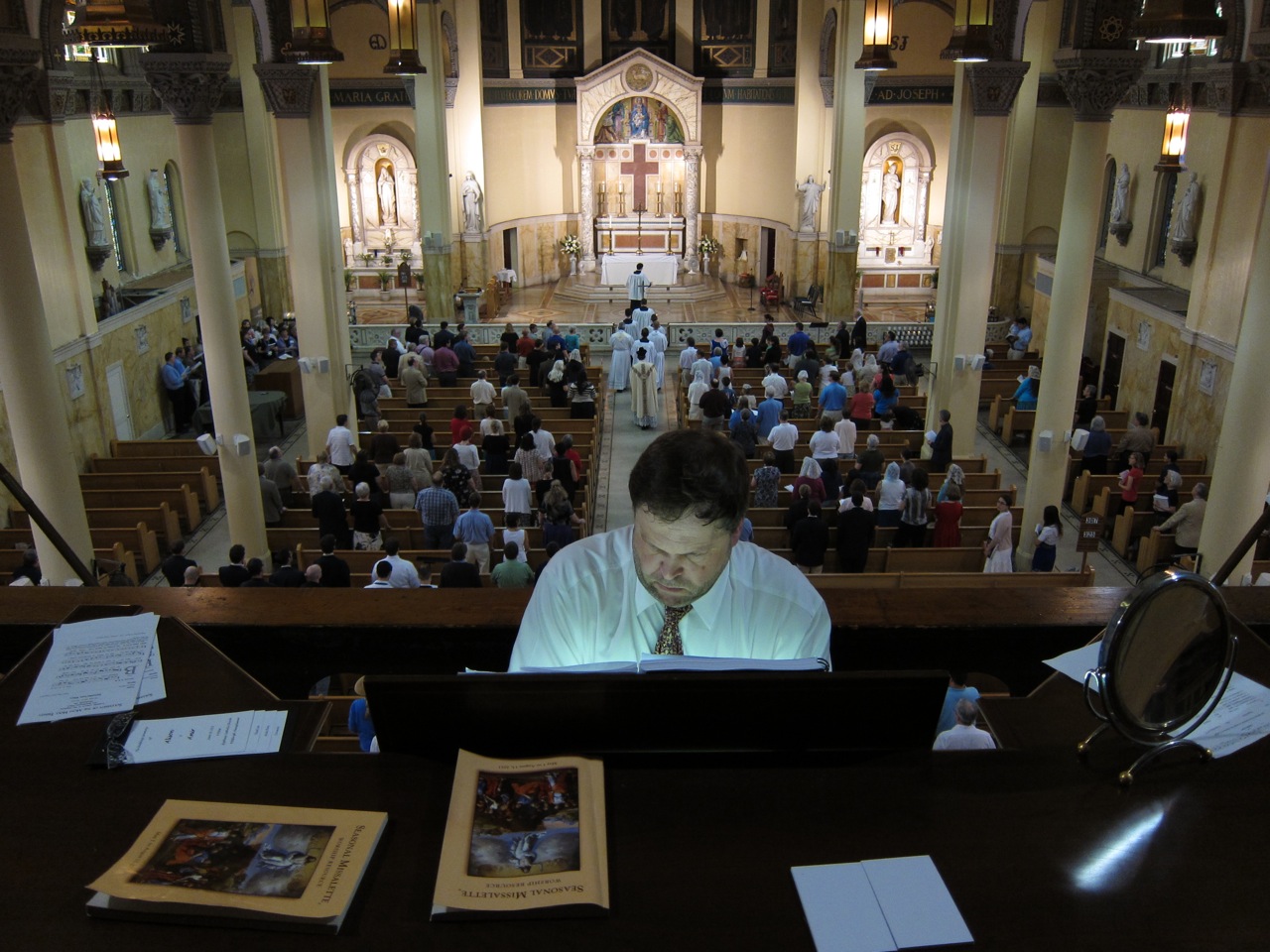
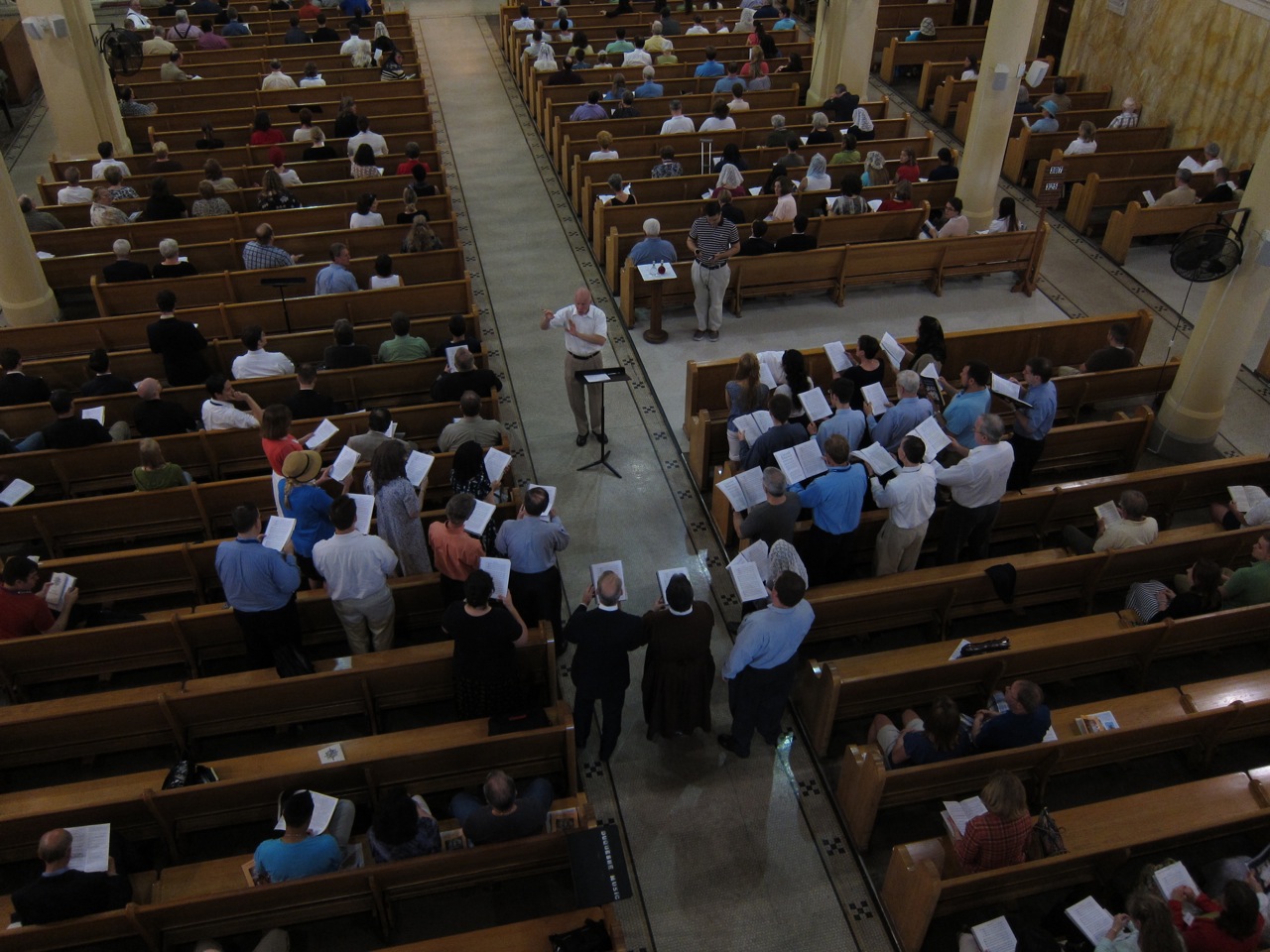
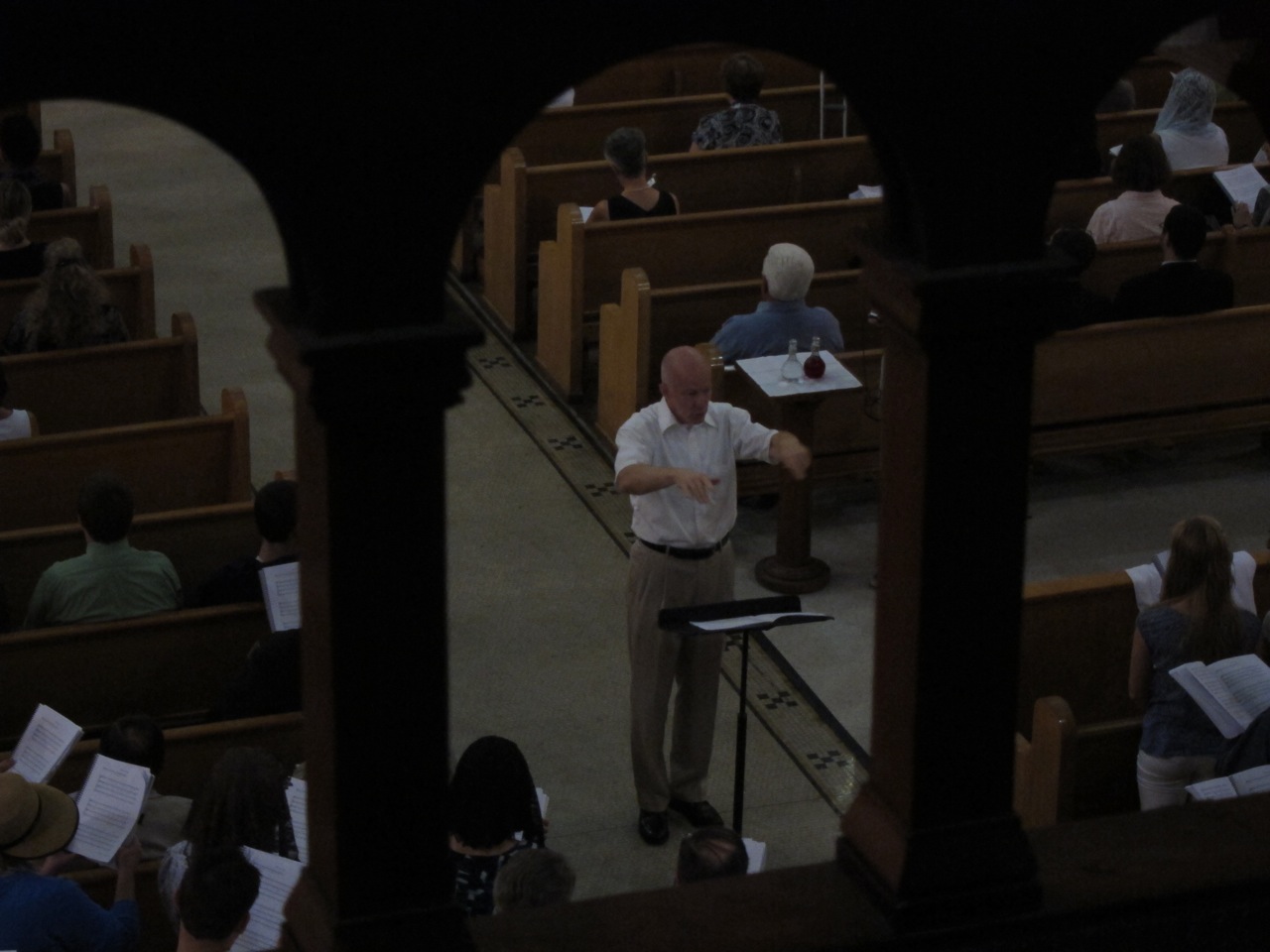
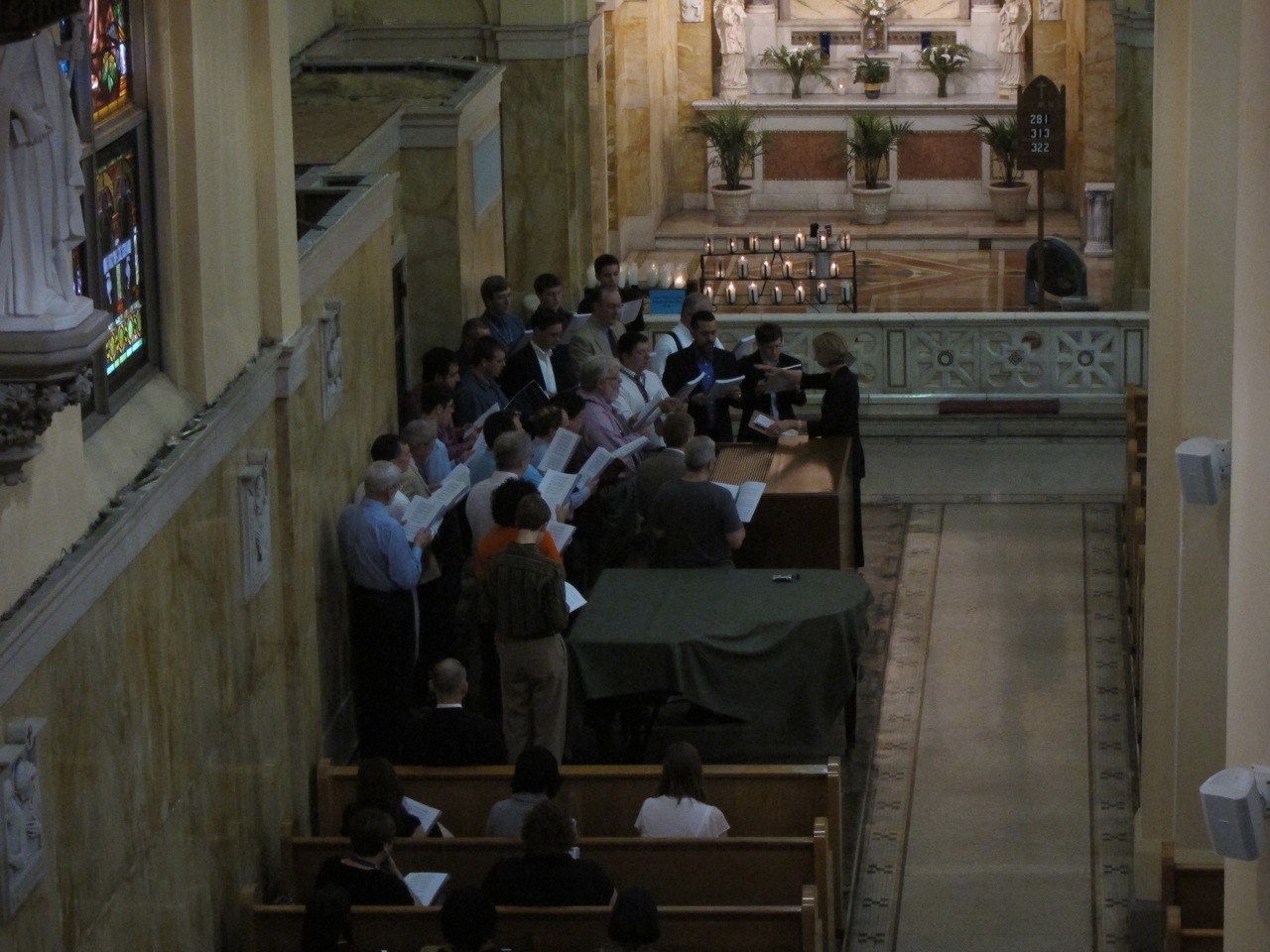
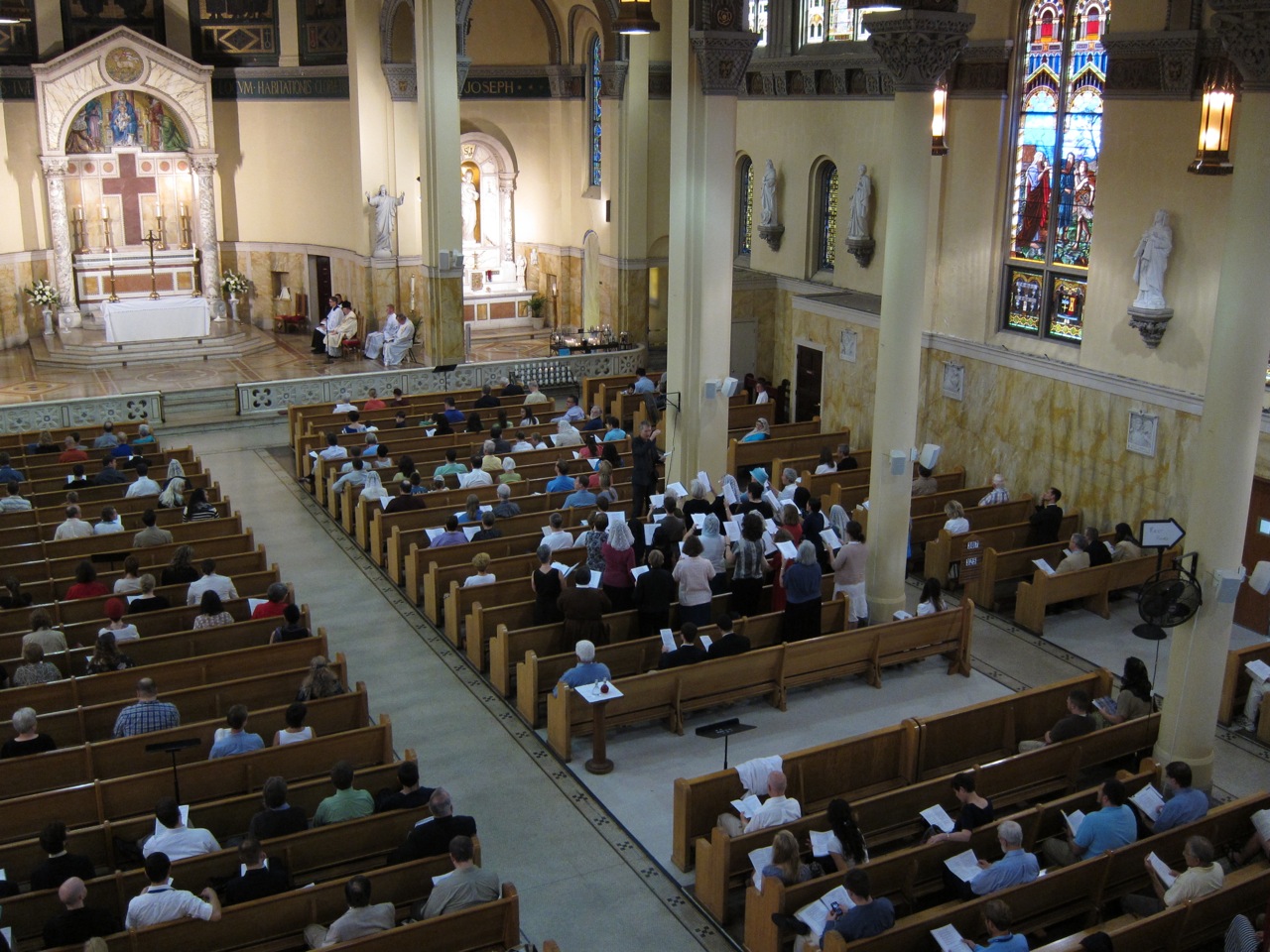
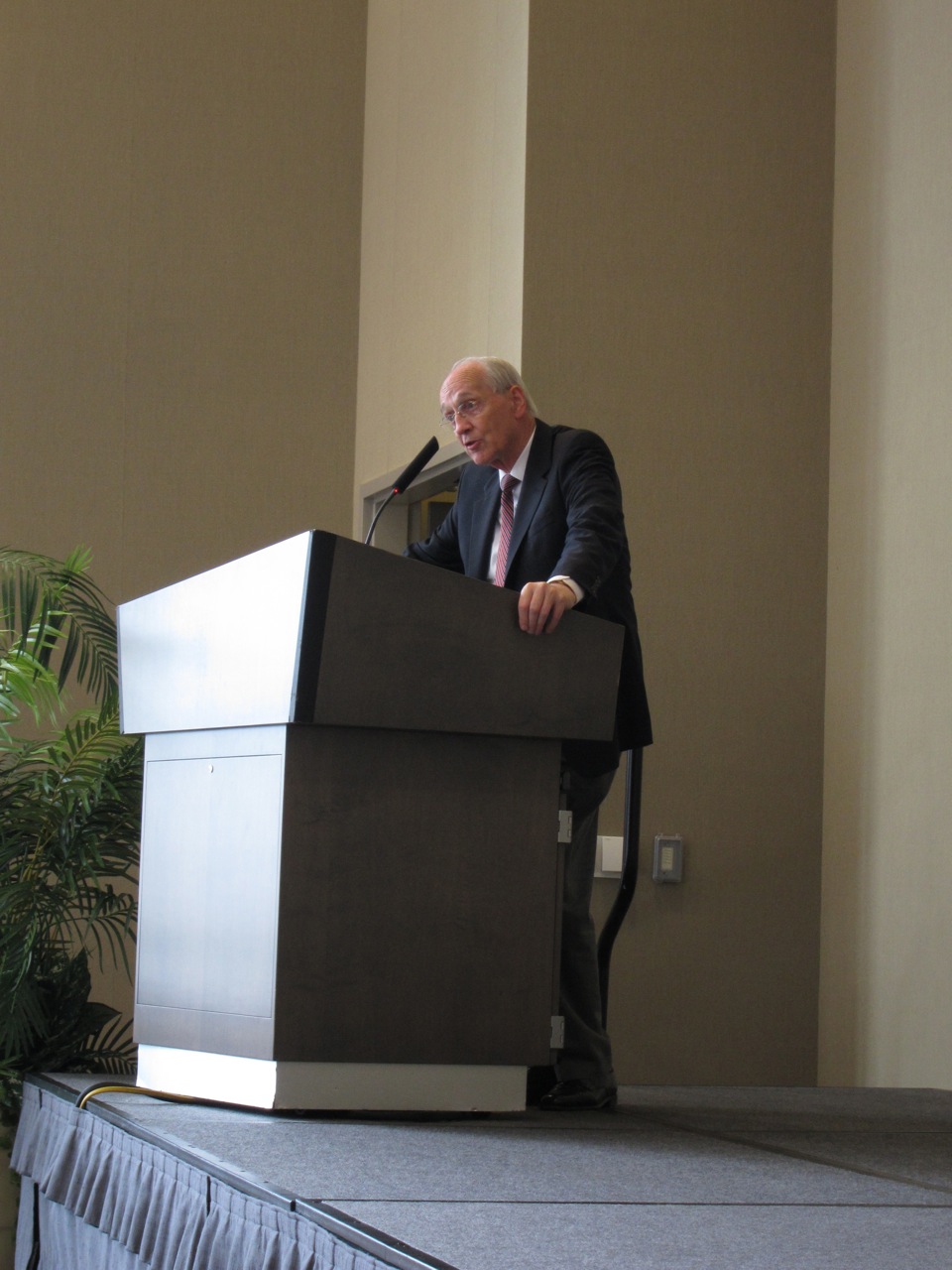
Hymns for Feasts and Seasons: Conference at Minster Abbey
The event will take place on Saturday 23rd July, between 1:30 and 6:30 pm. The focus will be on Gregorian Chant hymns; hymns for feasts and seasons and melodic variation in summer and winter, the Easter season and for different grades of feast. The afternoon will include a talk on the broader background by Mother Nikola, the current Prioress. Following afternoon tea attendees will split into two groups to rehearse for vespers with the Community at 6 p.m. One group will look at some of the more ambitious hymns and the other will prepare some simpler psalms and responsories.


